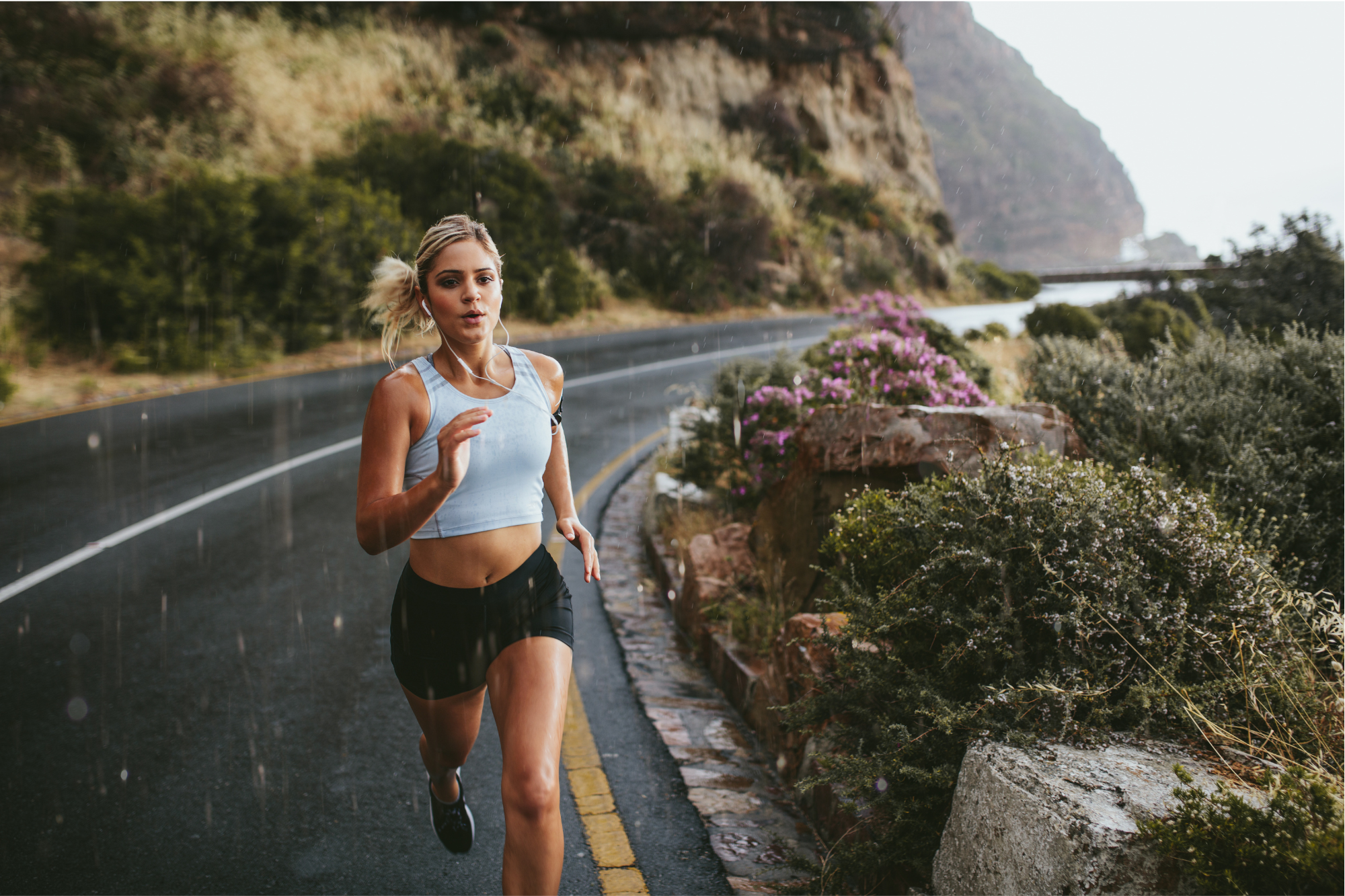Blog, Physiotherapy
Mastering the Stride: The Critical Role of Biomechanics in Preventing Running Injuries
 As runners, we’re often consumed by the thrill of pounding the pavement, pushing our bodies to new limits, and achieving personal bests. However, beneath the surface lies a complex interplay of biomechanical factors that can significantly impact our risk of injury and performance. In this detailed guide, Marinus du Preez, our Sydney MPhysio Clinic physiotherapist will delve deep into the world of biomechanics and its crucial role in preventing running-related injuries. From foot strike patterns to gait analysis, we’ll explore the evidence-based strategies and techniques to optimise your biomechanics, reduce injury risk, and enhance running efficiency.
As runners, we’re often consumed by the thrill of pounding the pavement, pushing our bodies to new limits, and achieving personal bests. However, beneath the surface lies a complex interplay of biomechanical factors that can significantly impact our risk of injury and performance. In this detailed guide, Marinus du Preez, our Sydney MPhysio Clinic physiotherapist will delve deep into the world of biomechanics and its crucial role in preventing running-related injuries. From foot strike patterns to gait analysis, we’ll explore the evidence-based strategies and techniques to optimise your biomechanics, reduce injury risk, and enhance running efficiency.
Understanding Biomechanics:
Biomechanics refers to the study of the mechanical principles that govern human movement, including the forces acting on the body and the resulting motion. In the context of running, biomechanics play a fundamental role in determining how our bodies interact with the ground and absorb the impact forces generated with each stride. Several key biomechanical factors influence running-related injuries:
-
Foot Strike Patterns:
Evidence: Research has identified three primary foot strike patterns: rearfoot strike, midfoot strike, and forefoot strike.
Impact: Each foot strike pattern distributes forces differently throughout the lower extremities, affecting stress on the muscles, bones, and connective tissues.
Recommendation: While there is no one-size-fits-all approach, transitioning to a midfoot or forefoot strike pattern may reduce the risk of certain injuries, such as stress fractures and plantar fasciitis.
-
Stride Length and Cadence:
Evidence: Studies have shown that shorter strides and higher cadence (steps per minute) are associated with reduced ground reaction forces and lower injury rates.
Impact: Long strides increase braking forces and loading rates, potentially leading to overuse injuries such as shin splints and patellofemoral pain syndrome.
Recommendation: Focus on increasing cadence and shortening stride length to promote more efficient and biomechanically sound running mechanics.
-
Running Gait Analysis:
Evidence: Gait analysis involves assessing various aspects of running biomechanics, including foot strike pattern, stride length, cadence, and joint angles.
Impact: By identifying biomechanical inefficiencies or asymmetries, gait analysis can help pinpoint potential injury risk factors and guide targeted interventions.
Recommendation: Consider undergoing a comprehensive running gait analysis conducted by a qualified professional, such as a physiotherapist or sports scientist, to identify areas for improvement and inform personalised injury prevention strategies.
Addressing Biomechanical Issues:
Once biomechanical issues are identified, it’s essential to implement targeted interventions to address them effectively. Here are evidence-based techniques to optimise biomechanics and reduce the risk of running injuries:
-
Gait Retraining:
Evidence: Studies have shown that gait retraining programs can successfully modify biomechanical parameters and reduce injury risk in runners.
Technique: Work with a qualified coach or physiotherapist to implement gait retraining protocols targeting specific biomechanical factors, such as foot strike pattern or stride length.
Benefits: By gradually modifying running mechanics, runners can mitigate the stress on vulnerable structures and improve running efficiency over time.
-
Corrective Exercises:
Evidence: Evidence-based strength and flexibility exercises can address muscle imbalances, weakness, and mobility restrictions that contribute to biomechanical issues.
Examples: Exercises targeting the hips, glutes, core, and lower extremities can improve stability, alignment, and control during running.
Integration: Incorporate corrective exercises into your regular training routine to address biomechanical weaknesses and enhance running performance while reducing injury risk.
-
Footwear Modifications:
Evidence: Proper footwear selection plays a critical role in supporting optimal biomechanics and reducing the risk of running injuries.
Considerations: Choose running shoes that match your foot type, running mechanics, and training needs, considering factors such as cushioning, stability, and support.
Consultation: Seek guidance from a knowledgeable footwear specialist or physiotherapist to ensure proper shoe fit and suitability for your individual biomechanical profile.
Biomechanics lies at the heart of running injury prevention and performance optimisation. By understanding how biomechanical factors influence running mechanics and injury risk, runners can implement evidence-based strategies to mitigate risk factors and enhance running efficiency. From gait analysis to targeted interventions like gait retraining, corrective exercises, and footwear modifications, optimising biomechanics can empower runners to enjoy the sport safely and achieve their full potential.
For personalised guidance and support in optimising your running biomechanics, consult with the experts at M Physio – Zetland today. Together, let’s master the stride and embark on a journey of injury-free running and peak performance.
 |
Written By:
Marinus Du Preez (Principal Physiotherapist) Bachelor of Health Science (Physiotherapy) |


